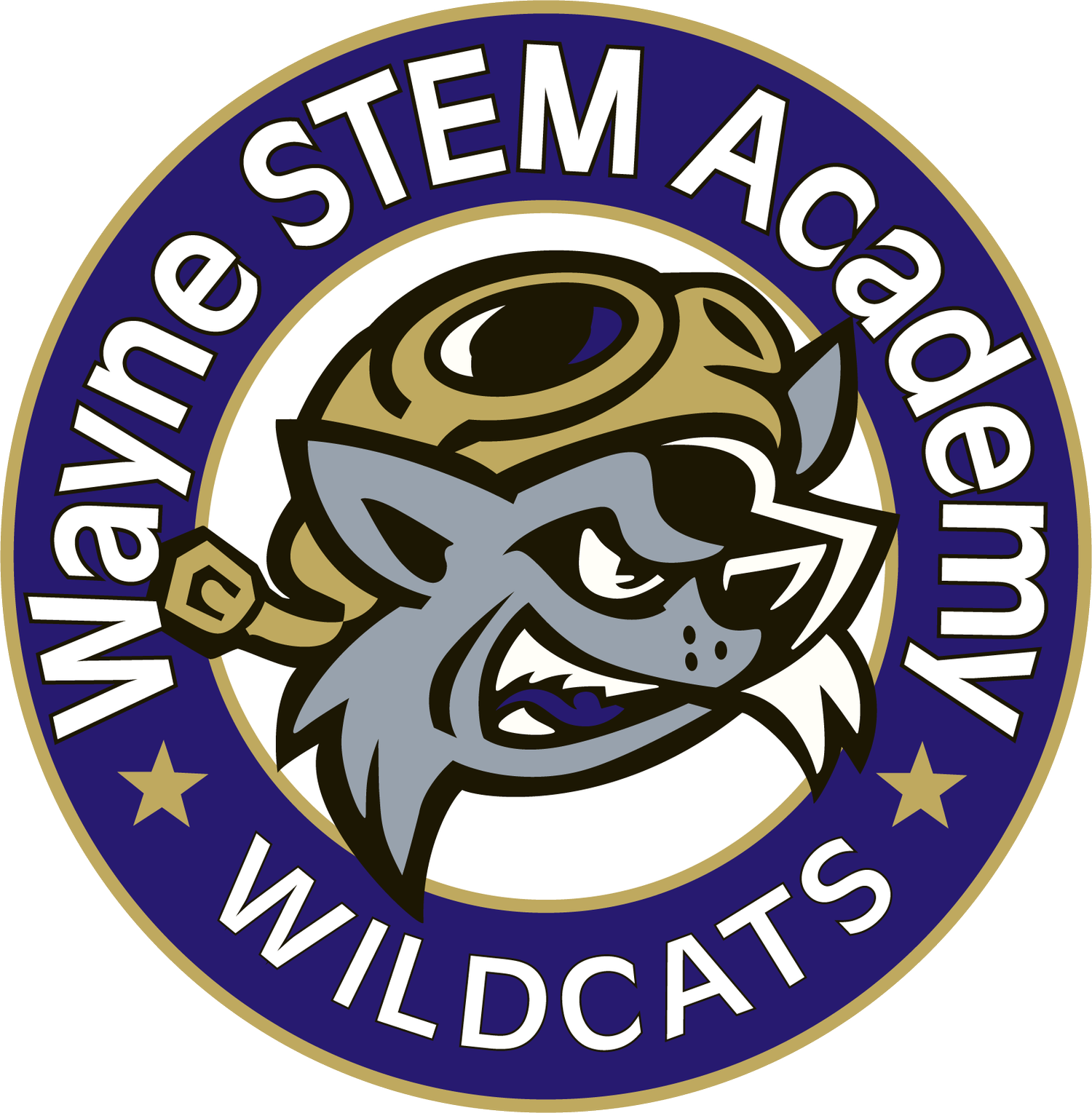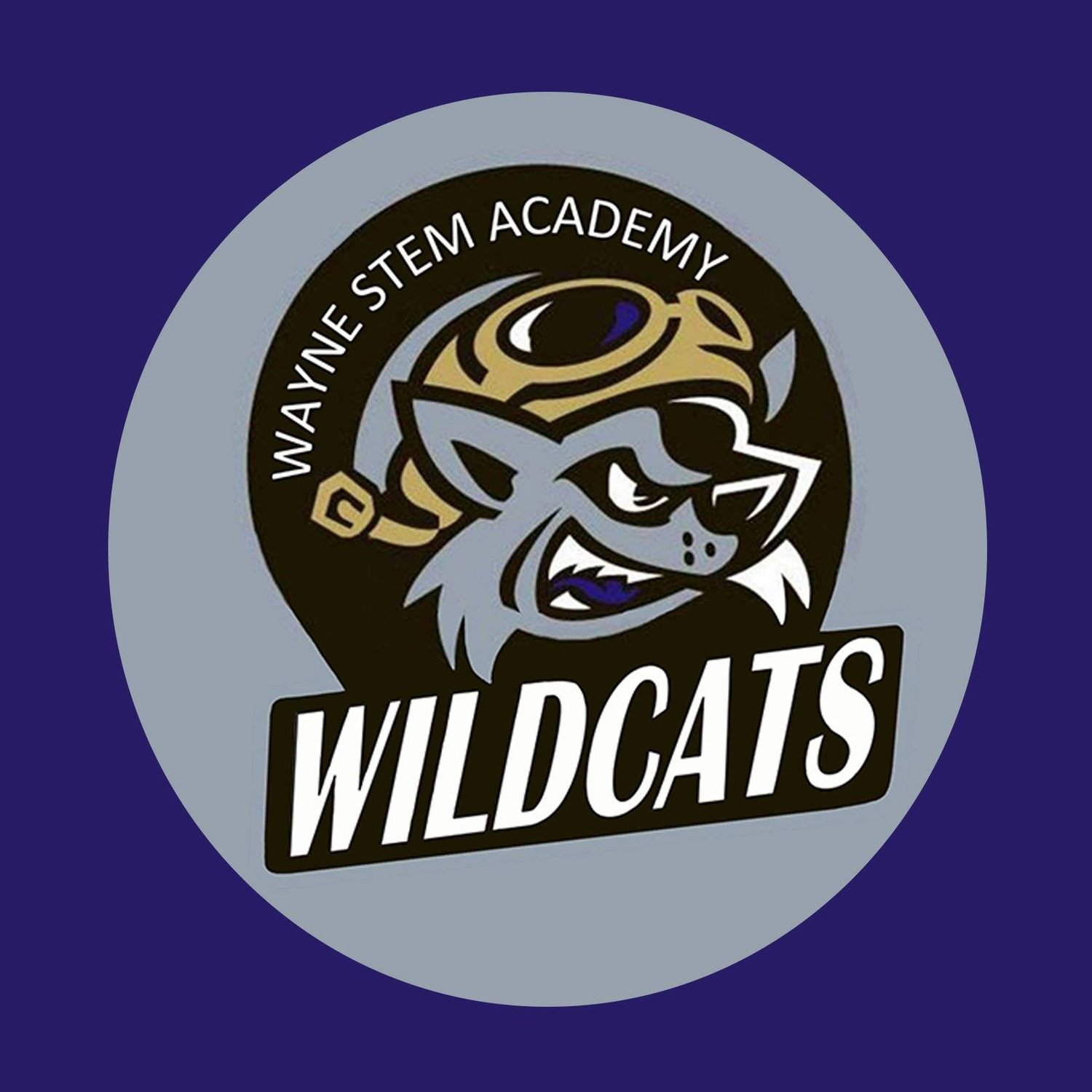Academics
Our Approach
To create a challenging learning environment with a specific focus in Science, Technology, Engineering, and Math WSA will focus on critical elements of program mapping & design and the use of innovative teaching strategies to unlock student curiosity, discovery, critical thinking, and collaboration. Embedded within an evidence-based learning approach, students will be challenged to extend learning across the curriculum using STEM based activities.
To maximize student achievement WSA subscribes to teaching students at their instructional level through an accelerated model. To accomplish this WSA employs the use of innovative educational tools and a professional development model focused on excellence in teaching. The learning environment at WSA includes STEM & Standards-based program mapping, Multi Tiered Systems of Support, Teacher-directed instruction, high levels of teacher-student interactions, and problem-based learning.
Competency-based Learning
A systems model in which teaching and learning are designed to ensure students reach proficiency as measured by mastery of knowledge or skill. The system is organized to provide timely and differentiated support to ensure equity. The competency-based structure enables personalized learning to provide flexibility and support to ensure mastery of the identified knowledge or skill.
Characteristics:
Measures learning rather than time
Contingent on mastering knowledge and skills
Evidence-based Programs & Teaching
WSA utilizes Direct Instruction programs in Reading and Math. These programs are focused on accelerating learning by carefully controlling features of curriculum design and instructional delivery. A typical lesson includes explicit and carefully sequenced instruction provided by the teacher (model) along with frequent opportunities for students to practice their skills with teacher-delivered feedback (guided practice) and then on their own (independent practice) over time (distributed practice).
Teacher-directed Instruction
WSA subscribes to teachers as activators, as deliberate change agents, and as directors of learning. Results indicate that active and guided instruction is more effective than unguided, facilitated instruction. Teachers as activators are key agents in:
Reciprocal teaching
Feedback
Teacher Student self-verbalization
Meta-cognition strategies
Direct Instruction
Mastery learning
Goals-challenging
Frequent/effects testing
Behavior organizers
STEM Activities
STEM & Standards-based Program Mapping
STEM & Standards-based program mapping involves the design and integration of activities across the core programs we use at WSA to ensure that students have access and opportunity to experience the STEM curriculum and learn the skills and knowledge that lead to mastery of specific state standards.
Multi-tiered Systems of Support
MTSS integrates assessment and intervention with a multi-level prevention system to maximize student achievement and reduce behavior problems. With MTSS WSA uses data to identify students for acceleration or those at risk for poor learning outcomes. MTSS allows WSA to monitor student programs, provide evidence-based interventions and adjust the intensity and nature of those interventions depending on a student's responsiveness. MTSS will also be used to support and identify students with learning disabilities.
High Levels of Teacher-Student Engagement
Teacher-student engagement includes (a) active student participation (increasing opportunities for students to respond and receive feedback); (b) unison responding (increasing student responding by having them chorally respond); (c) signals (providing a cue to evoke unison oral responses); (d) pacing (promoting active student engagement with brisk teacher pacing); (e) teaching to mastery (ensuring firm responding over time); (f) error corrections (minimizing student errors by carefully sequencing instruction; when errors do occur, using careful error correction procedures-model, lead, test, retest); and (g) motivation (enhancing motivation through high levels of student success).
Problem-based Learning
At WSA we believe in creativity and innovation. Throughout the STEM experience, students will have the opportunity to address real-world issues that challenge them to come up with well-constructed answers. Students will have opportunities to leverage technology and collaborate while conducting research and crafting potential solutions.






